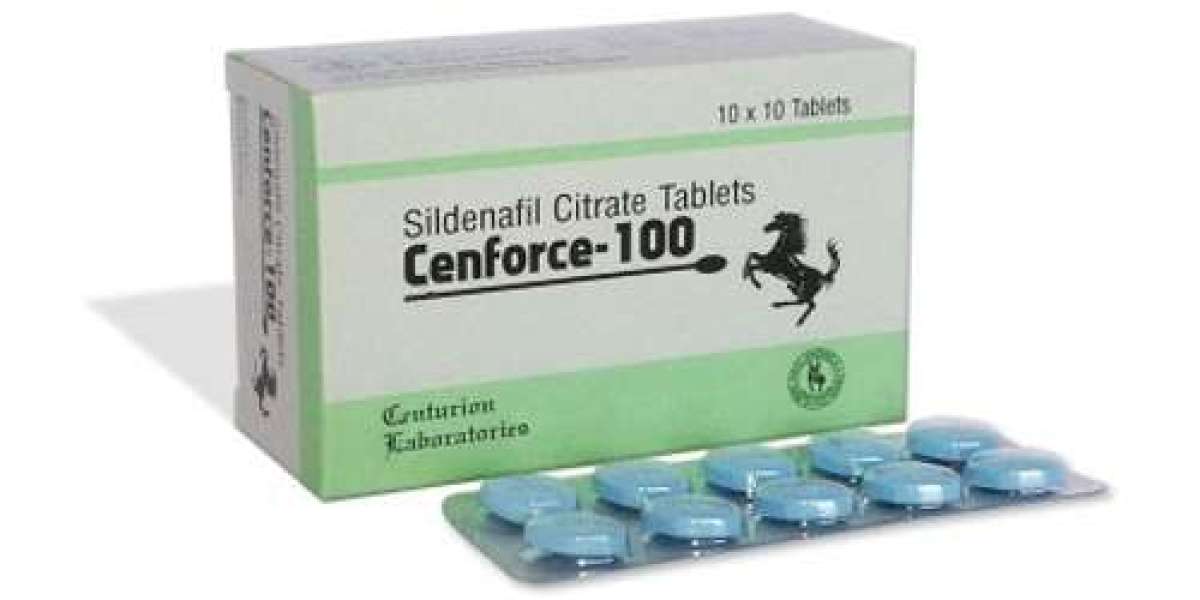Bacteria are covered by polysaccharides on their outer surface, which can appear as capsules, glycoproteins, or glycolipids. This bacterial sugar coat constitutes the principal antigens in most pathogenic bacteria and plays a critical role in host-pathogen interactions. With increased understanding of polysaccharide biosynthesis and its interplay with polymer modification and synthesis, scientists have recognized the potential of polysaccharides in developing novel antibacterial strategies and applications like epidemiological markers.
Bacterial polysaccharides mainly include capsular polysaccharides (CPS) and lipopolysaccharides (LPS). Capsular polysaccharides are highly-hydrated homo- or hetero-polymers composed of repeating sugar units joined by glycosidic linkages. They are typically inserted into the bacterial cell surface through covalent attachments to either phospholipid or lipid-A molecules. In contrast, lipopolysaccharide is a membrane component characteristic of Gram-negative bacteria, consisting of lipid A, core-oligosaccharide, and O-polysaccharide (or O-antigen) joined by covalent bonds. Using advanced technologies such as chemical degradation techniques, nuclear magnetic resonance spectroscopy, and mass spectrometry, researchers can now comprehensively carry out structural characterization and analysis of bacterial polysaccharides and understand their functions.
Capsular polysaccharides usually constitute the outermost layer of the cell and mediate interactions between bacteria and the environment, making them important virulence factors for several bacterial pathogens. CPS can protect bacteria from phagocytosis during innate immune responses by decreasing antibody opsonization and masking ligands for phagocytic cell attachment. As a result, polysaccharides antibodies have become a research hotspot in disease diagnosis and treatment. Researchers at the Queensland University of Technology have successfully characterized the genomic loci in Acinetobacter baumannii responsible for cell-surface polysaccharide synthesis, proving them to be effective epidemiological markers for tracking A. baumannii.
Lipopolysaccharides are large molecules localized in the outer layer of the bacterial membrane, covering much of the cell surface. LPS establishes a permeability barrier that protects bacteria from toxic molecules such as antibiotics and bile salts. In addition to being a key component of the cell envelope, LPS also contributes to host-pathogen interactions with the innate immune system. Bacterial adaptive changes, including modulation of LPS synthesis during chronic infection, can prevent phagocytosis and adhesion to epithelial cells, and evade the host immune response by producing less immunogenic lipid A. In some cases, the immune response against bacterial polysaccharides can be so strong that it becomes toxic to the host, providing a level of protection against the disease.
Polysaccharides are also found in fungi and yeast in the form of glucans, chitin, and mannans, which play major roles in cell wall structure. Current research on fungal polysaccharides aims to identify factors influencing their biological activity and elucidate their interactive roles in various chemical medicines. The biological activities of fungal polysaccharides are shown to influence anti-tumor, anti-microbial, immune-stimulation or immunomodulatory activity, nutritional components, and hypoglycemic activity.
As understanding of the structure of various polysaccharides grows, details about their mechanisms of action in different systems are being revealed. Bacterial and fungal polysaccharides will continue to find extensive applications in diagnostics and therapeutics, driving further innovations in these fields.



